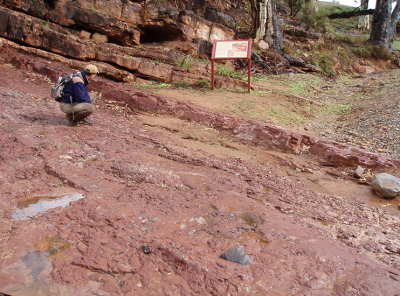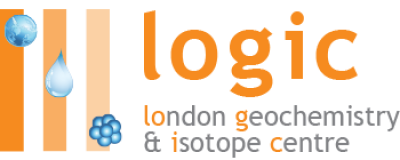
New modeling explores the role of the nitrogen cycle in restricting the spread of sulphide in the oceans (Boyle et al., Nature Comm., 2013). Discovery of a new link between methanogenesis and nickel enzymes links mantle evolution to the redox evolution of Earth's atmosphere in the early Precambrian (Konhauser et al., Nature, 2009).
Nitrogen Cycle Modelling - Enrichments in reactive iron are a consistent feature of marine sediments throughout most of the Proterozoic, indicating persistent ocean anoxia well after Earth's first major rise in atmospheric oxygen (the Great Oxidation Event) at ~2.32 Ga. The emerging picture now suggests a predominance of ferruginous conditions in the deep ocean, with euxinic conditions along productive continental shelves and in epicontinental seas, likely having a key role in reducing Fe(II) concentrations in comparison to before the Great Oxidation Event. -> "Nitrogen cycle feedbacks as a control on euxinia in the mid-Proterozoic ocean". R.A. Boyle, J.R. Clark, S.W. Poulton, G. Shields-Zhou, D.E. Canfield & T.M. Lenton. Nature. Commun. 4:1533 doi: 10.1038/ncomms2511 (2013)
The Earth's original atmosphere held very little oxygen. This began to change around 2.4 billion years ago when oxygen levels increased dramatically during what scientists call the "Great Oxidation Event." -> "Oceanic nickel depletion and a methanogen famine before the Great Oxidation Event". Konhauser et al., Nature 458, 750-753 (2009).
 Close
Close


